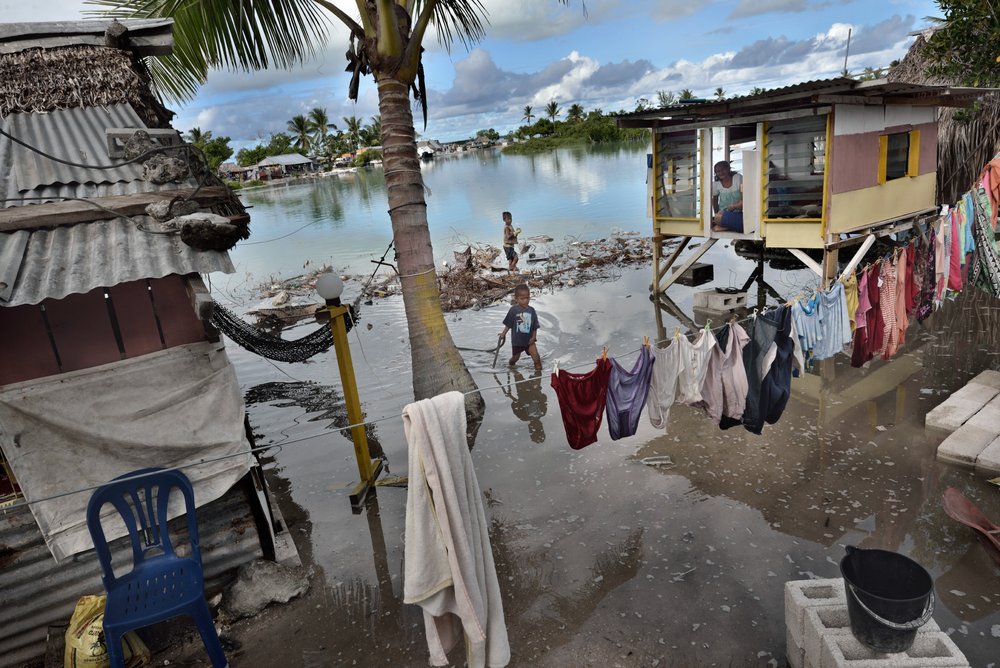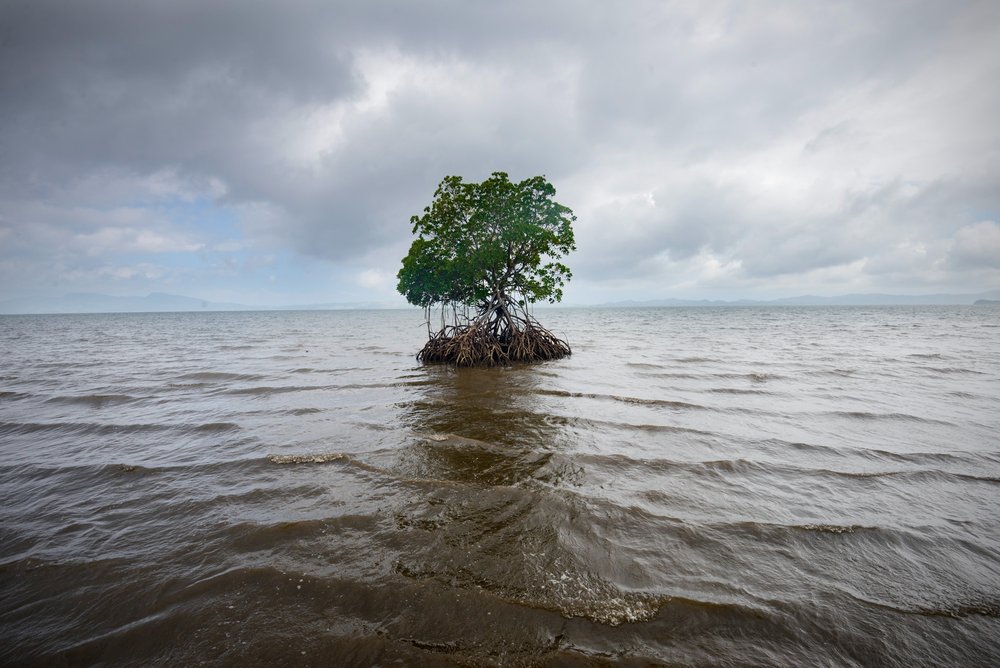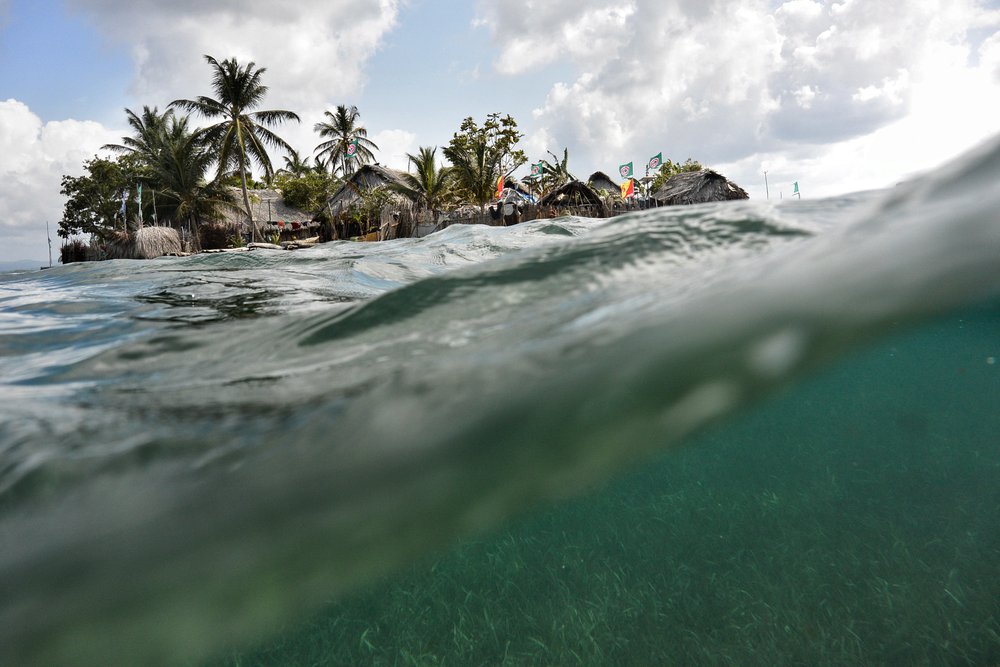And yet you can not provide the experiments which show exactly what man is responsible for and how it has actually affected the earth..
All you got is doom and gloom crapola and no credible science to back up anything you spew.
From atmospheric physicist Billy Bob.
More than 10,000 peer reviewed studies have been published whose results support AGW as a valid description of the behavior of the Earth's climate in the face of human GHG emissions and deforestation. Your contention is demonstrably false. It is YOUR position that has no basis in scientific research.













